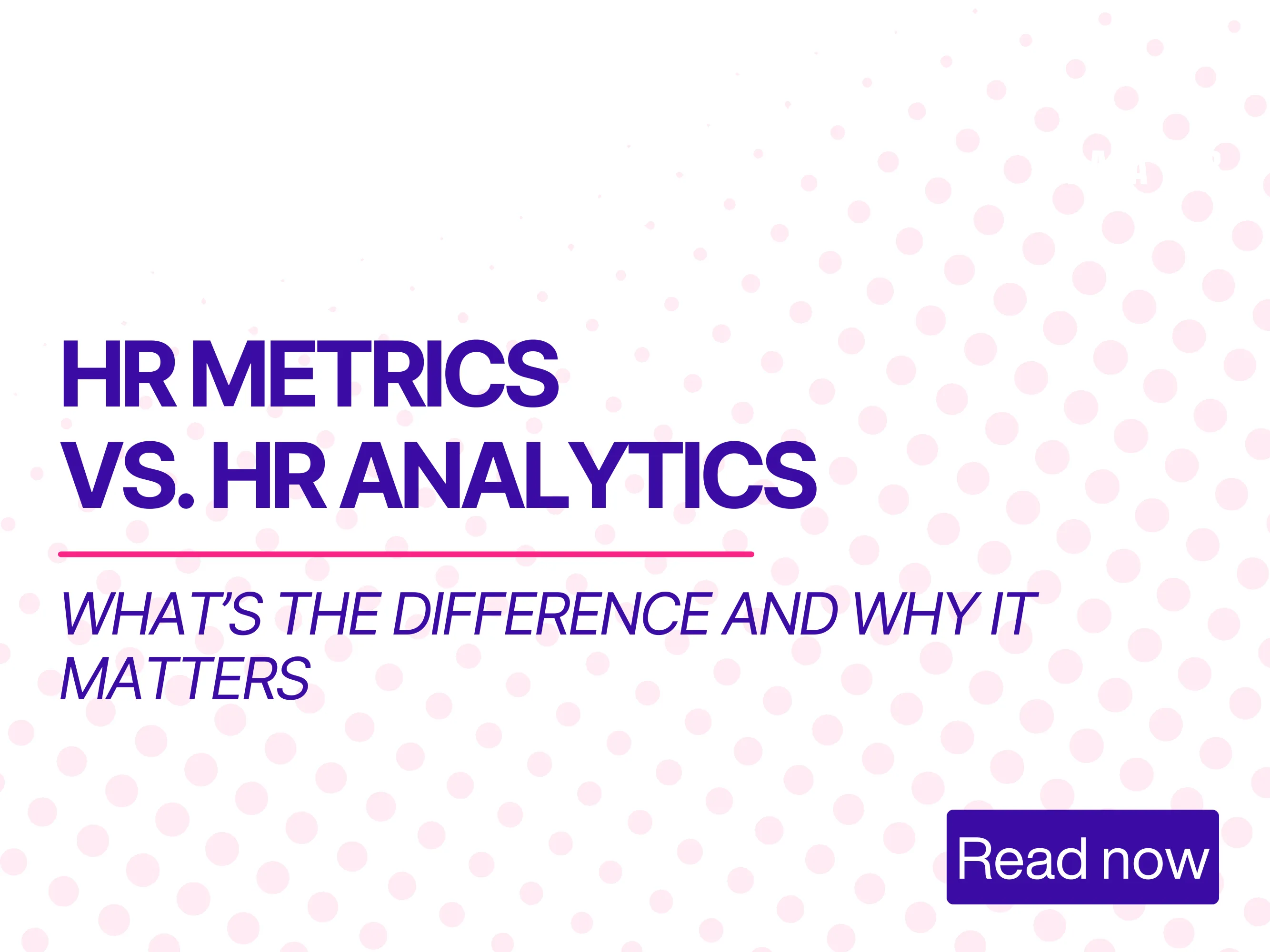How fair is your organization – really?
Diversity, Equity & Inclusion (DEI) have long been more than just a value statement. They are a strategic success factor.
Yet many organizations still approach DEI in silos: a pay gap analysis here, a recruiting initiative there, maybe a turnover report on the side.
What’s missing?
👉 The holistic perspective.
From isolated metrics to systemic understanding
With our AI agent TIRA, we enable a truly multi-dimensional DEI analysis that connects compensation, recruiting, promotions and retention — and turns these insights into a clear, data-based transformation roadmap.
This is not just another report.
It’s the foundation for real, structural change.
The hero prompt for deep DEI research
At the core of TIRA’s approach lies a powerful prompt:
Conduct a multi-dimensional analysis of our DEI landscape by combining compensation, recruiting, promotions, and retention, and develop a comprehensive strategic transformation roadmap.
This enables TIRA to go far beyond classic HR analytics.
Instead of presenting isolated KPIs, it:
- identifies correlations
- interprets systemic patterns
- derives actionable strategic recommendations
Why multidimensional DEI analysis is critical
DEI challenges rarely exist in isolation. They are interconnected and systemic:
- Low representation of women in recruiting → impacts leadership diversity long-term
- Gender pay gaps → increase fluctuation risks
- Lack of transparency → fuels perceived inequality
- High turnover in specific groups → weakens employer branding and DEI credibility
TIRA makes these hidden dynamics visible — and shows exactly where structural patterns undermine your DEI goals.
What TIRA uncovers
A typical multidimensional DEI analysis includes insights such as:
💰 Compensation
- Persistent gender pay gaps
- Salary deviations by age, role and department
- Unexplained differences despite comparable positions
🎯 Recruiting
- Underrepresentation in specific roles (e.g. tech or leadership pipelines)
- Potential biases in application and selection processes
- Inefficient or misaligned DEI recruiting strategies
📈 Promotions
- Lack of transparency in career paths
- Unequal access to advancement opportunities
- Insufficient data as a structural risk
🔁 Retention
- Higher turnover rates among specific groups
- Department-based risk zones
- Early indicators of cultural misalignment
From insight to transformation
The difference: TIRA doesn’t stop at diagnostics.
It translates insights into a strategic DEI roadmap with clear phases and measurable objectives.
Phase 1: Transparency & Quick Wins
- Improve data quality
- Conduct adjusted gender pay gap analyses
- Implement inclusive recruiting practices
Phase 2: Structural Adjustment
- Transparent salary bands
- Objective promotion criteria
- Mentoring programs for underrepresented groups
Phase 3: Cultural Anchoring
- Embed DEI into company DNA
- Regular audits and reporting
- Sustainable feedback mechanisms
This is how analysis turns into real, lasting change.
Why this approach truly moves organizations forward
A multidimensional DEI strategy enables:
- data-driven leadership decisions
- measurable progress instead of symbolic action
- higher employee retention
- stronger employer branding
- reduced compliance risks
- long-term competitiveness
DEI evolves from a “nice to have” into a strategic management instrument.
Conclusion: DEI starts with clarity
True DEI requires more than good intentions.
It demands transparency, data and the courage to transform structures.
TIRA reveals:
- where inequalities arise
- why they persist
- how they can be systematically reduced
🧠 Diversity is not accidental. Equity is a decision.
Ready to elevate your DEI strategy?
Discover how TIRA turns data into impact — from analysis to implementation.
👉 Book your personal demo now and rethink DEI.
PeopleIX — Make People Data Matter.
Sources
[1] DEI assessment best practices (including the GDEIB framework):
https://pointerpro.com/blog/dei-assessment/
[2] Roadmap for the automotive of the future:
https://www.vda.de/dam/jcr:ef39d77e-7d6c-48d0-a6a3-252a2652dc37/Roadmap%20f%C3%BCr%20die%20Automobilit%C3%A4t%20der%20Zukunft.pdf
[3] Roadmapping as a tool of strategic planning (HfWU): https://www.hfwu.de/fileadmin/user_upload/ZNE/Nachhaltigkeitspreis/Abschlussarbeiten/Renz_Lea_Nachhaltigkeitspreis.pdf
[4] Diversity and Managing Diversity Part 2: Case Studies (Deutsche Bank Benchmarking):
https://www.zsi.at/wp-content/uploads/2025/02/1Diversity_teil2_Fallbeispiele.pdf
[5] Covestro launches first Global D&I Report:
https://www.covestro.com/press/covestro-launches-first-global-di-report/
[6] 6 tips for optimizing your DEI strategy:
https://www.crossknowledge.com/de/blog/6-tipps-fuer-die-optimierung-ihrer-dei-strategie/
[7] Sustainability in companies: 10 effective measures:
https://www.fiegenbaum.solutions/blog/nachhaltigkeit-im-unternehmen-10-effektive-massnahmen-fuer-die-erfolgreiche-umsetzung
[8] Diversity, Equity, and Inclusion 2025: Trends:
https://www.raising-standards.com/magazin/dei-trends-2025
.webp)





